Researchers use carbon-based anodes with “bumpy” surfaces for Li-ion batteries that last longer in extreme cold
Green Car Congress
JUNE 10, 2022
The resulting 12-sided carbon nanospheres had “bumpy” surfaces that demonstrated excellent electrical charge transfer capabilities. The resulting 12-sided carbon nanospheres had bumpy surfaces that demonstrated excellent electrical charge transfer capabilities. capacity retention at 0.1 A g –1 as the temperature drops to ?20


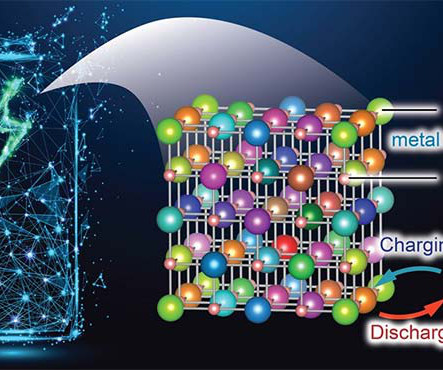

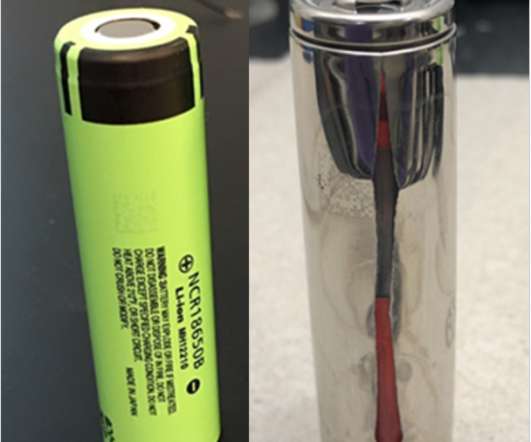

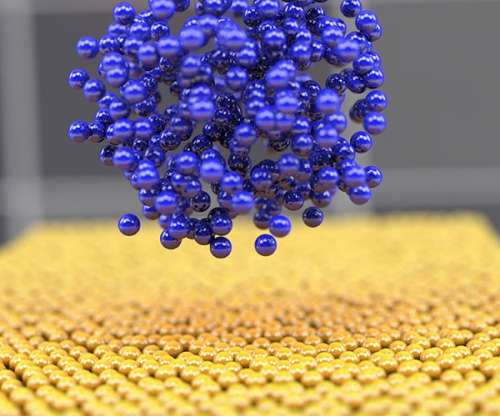
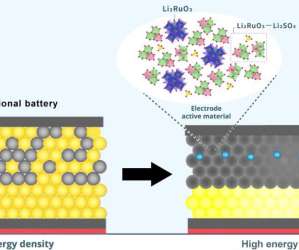





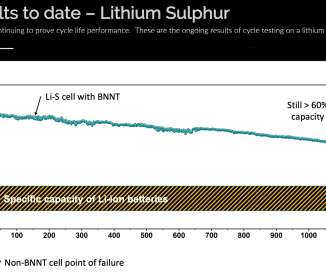




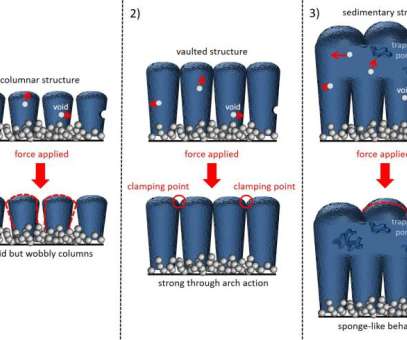




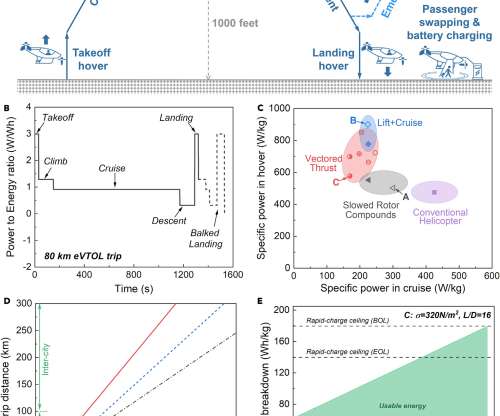



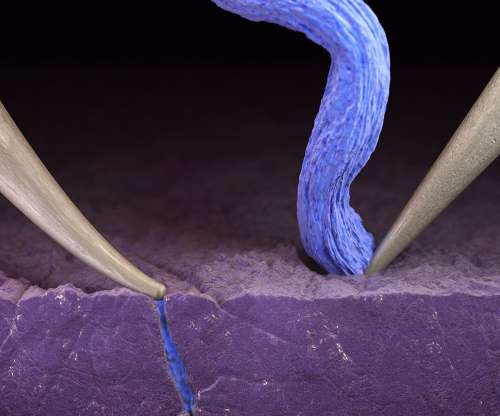


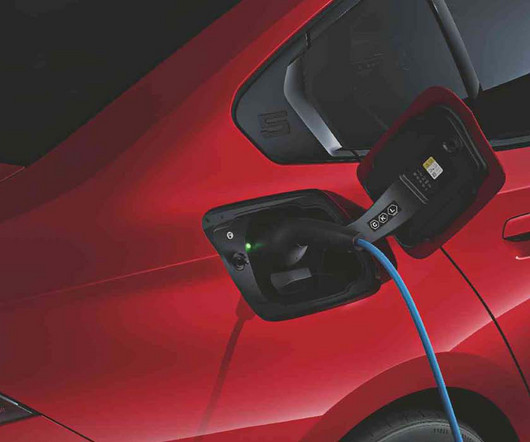






Let's personalize your content